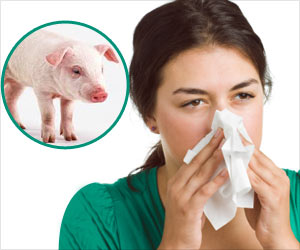of the H1N2 case, emphasizing the strain’s similarity to flu viruses present in UK pigs.
Chief veterinary officer, Christine Middlemiss, underscores the importance of maintaining high standards of animal health and biosecurity. Pig-keepers are urged to promptly report any suspicions of swine flu in their herds to local vets (1✔ ✔Trusted Source
UKHSA detects human case of influenza A(H1N2)v
Go to source
).
Advertisement
Meera Chand, incident director at the UKHSA, highlights the role of routine flu surveillance and genome sequencing in rapidly detecting the virus. The agency is actively tracing close contacts to minimize potential spread. Individuals exhibiting respiratory symptoms are advised to follow the UKHSA’s guidelines, particularly if they are elderly or have pre-existing medical conditions.
Understanding Swine Flu and Its Historical Context
Swine flu typically arises from influenza subtypes H1N1, H1N2, and H3N2, occasionally infecting humans through exposure to pigs or contaminated environments. The current case involves the H1N2 strain, with approximately 50 reported cases worldwide since 2005.
The 2009 H1N1 pandemic, commonly known as swine flu, highlighted the potential for genetic material from pigs, birds, and humans to contribute to novel influenza viruses.
As the UK grapples with the first human case of H1N2, authorities stress the need for ongoing surveillance, testing, and biosecurity measures.
While it is too early to ascertain the strain’s pandemic potential, the incident underscores the importance of swiftly identifying and addressing emerging health threats to protect public health.
Reference :
- UKHSA detects human case of influenza A(H1N2)v – (https:www.gov.uk/government/news/ukhsa-detects-human-case-of-influenza-ah1n2v)
Source: Medindia



